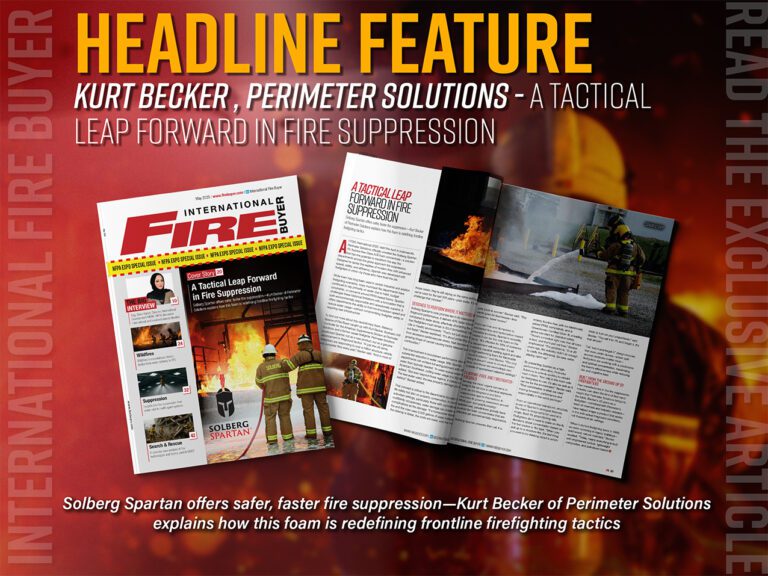We are all aware of emergency lighting in all its forms, but how have they been tailored over time to appeal to human biology and psychology?
The development of batteries and harnessing the power of electricity is argued by many to be the greatest technological advancement in human history, rivalling that of the development of iron tools and agriculture. This argument is not misplaced, either – everywhere we look in the modern world, we see a world powered by electricity. Indeed, many developing solutions for clean and environmentally friendly power are ultimately converted into electricity at the end of its cycle anyway.
One of the first and nowadays vastly underappreciated technologies is lighting. We’re all well aware of the utility that comes with being able to see in dark areas, both inside and out of settlements, but another important use of lighting that isn’t considered by many is the ability to communicate information. Certain colours of lighting can denote danger, safety and power. Not only this, but the placement and positioning of these lights – even the lights being on or not, denotes important and intrinsic information that transcends spoken language and culture. You could show a European and an Asian the same red flashing light and they would both come to the same conclusions.
It is for this reason that lighting is used almost exclusively in emergency situations, especially in large public areas where a multitude of different people can be found. Lighting offers fast and decisive communication in incidents where quick action is necessary. This manifests in many ways, such as in fire escapes, alarms, and lighting on emergency vehicles and equipment. Their design has seen few changes throughout history, but what is the science that drives these choices? How exactly does lighting appeal to the reptilian instincts of people?
There are two defining types of emergency lighting: active and passive. Active lighting typically refers to lighting on emergency vehicles, which function in response to danger or a hazard, whereas passive lighting has a more latent purpose, making people aware of hazards and exits where there is no immediate danger. The latter’s most common form is in emergency exit lighting, the kind you would expect to see above fire escapes. Designs for these signs differ slightly from country to country, but they all serve the express purpose of alerting people in buildings to the nearest and safest exit in the event of a fire or similar event that requires prompt evacuation. Even the mere mention of this sign conjures a similar idea in everyone’s mind: an androgynous stickman in motion, often towards a doorway, often illuminated in green. This design wasn’t homogenised until 1987, with the “running man” design created by Japanese graphic designer Yukio Ota that is now used primarily in the Asia-Pacific, Europe and Americas regions.
To read more news and exclusive features see our latest issue here.
Never miss a story… Follow us on:
International Fire Buyer
@Firebuyer
Fire Buyer
Media Contact
Louis Curtis
Editor, International Fire Buyer
Tel: +44 (0) 1622 823 922
Email: [email protected]




































